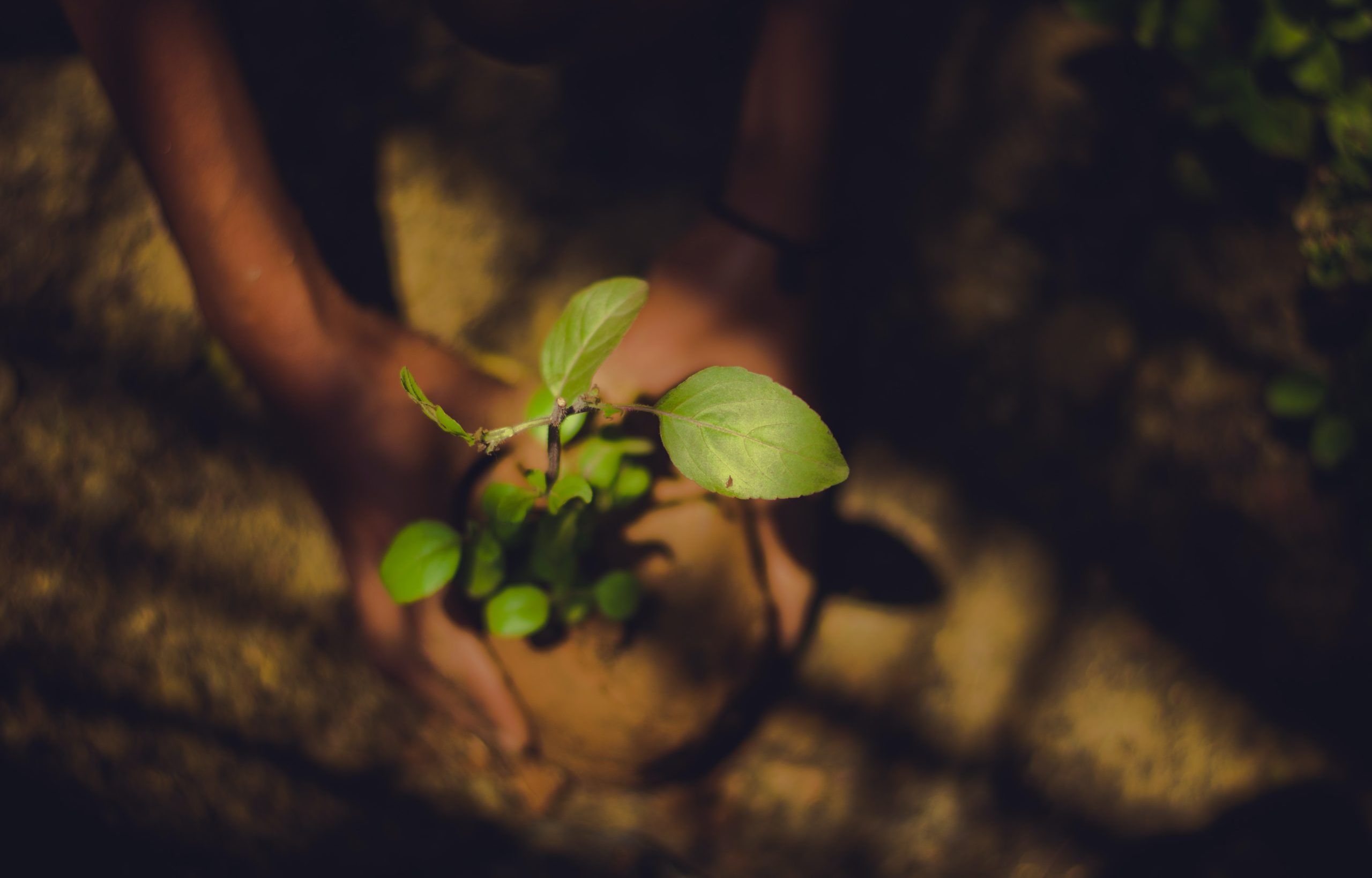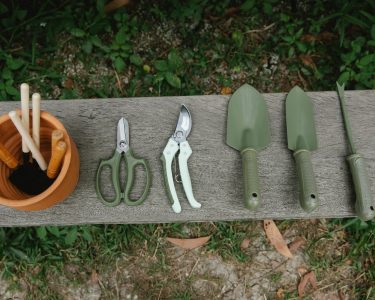Introduction
Plant propagation is the process of creating new plants from existing ones. It is a fascinating science that has been practiced for centuries. In this expert guide, we will explore the different methods of plant propagation and the science behind them.
The Importance of Plant Propagation
Plant propagation is important for several reasons. It allows us to create new plants that are genetically identical to the parent plant. This is important for preserving rare and endangered plant species. It also allows us to produce large quantities of plants for commercial purposes, such as agriculture and horticulture.
Methods of Plant Propagation
There are several methods of plant propagation, including seed propagation, cutting propagation, and grafting.
Seed Propagation
Seed propagation is the most common method of plant propagation. It involves planting seeds in soil and allowing them to germinate and grow into new plants. This method is used for annuals, biennials, and some perennials.
Cutting Propagation
Cutting propagation involves taking a cutting from a parent plant and rooting it to create a new plant. This method is used for many types of plants, including shrubs, trees, and some perennials.
Grafting
Grafting involves joining two different plants together to create a new plant. This method is used for fruit trees, roses, and other plants that are difficult to propagate by other methods.
The Science Behind Plant Propagation
Plant propagation is based on the science of plant physiology. Plants have the ability to regenerate and produce new tissue, which allows them to propagate. The process of plant propagation involves manipulating the plant’s hormones and growth factors to stimulate the growth of new tissue.
Plant hormones, such as auxins and cytokinins, play a crucial role in plant propagation. Auxins are responsible for promoting root growth, while cytokinins promote shoot growth. By manipulating the levels of these hormones, plant propagators can control the growth of new tissue.
Another important factor in plant propagation is the environment. Plants require specific conditions, such as temperature, humidity, and light, to grow and propagate successfully. By controlling these factors, plant propagators can create the ideal environment for plant growth and propagation.
Conclusion
Plant propagation is a fascinating science that has been practiced for centuries. It allows us to create new plants that are genetically identical to the parent plant and produce large quantities of plants for commercial purposes. The different methods of plant propagation, including seed propagation, cutting propagation, and grafting, are based on the science of plant physiology. By manipulating plant hormones and controlling the environment, plant propagators can stimulate the growth of new tissue and create new plants.




